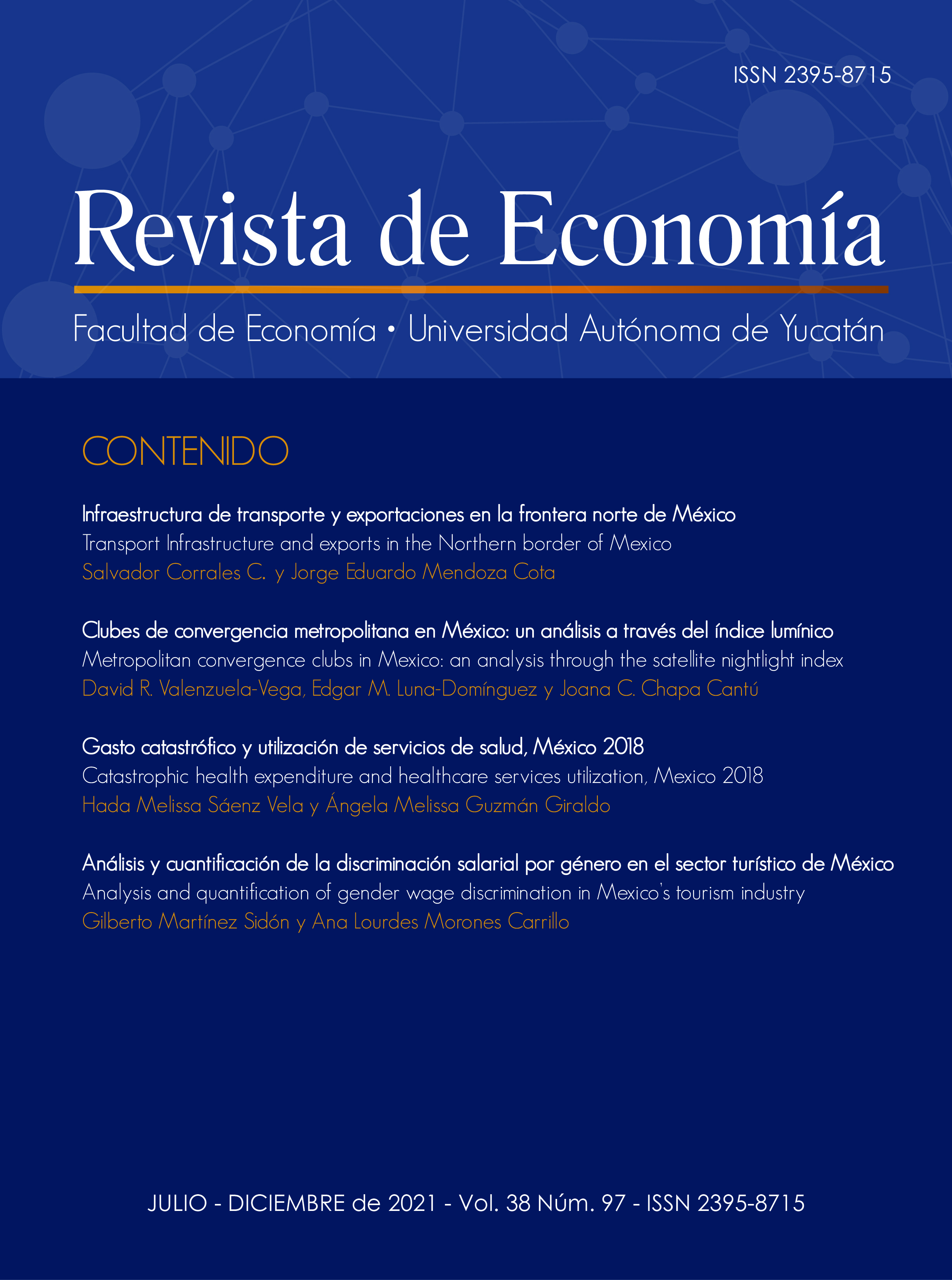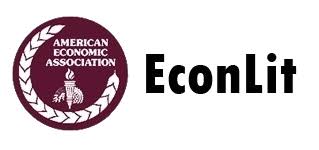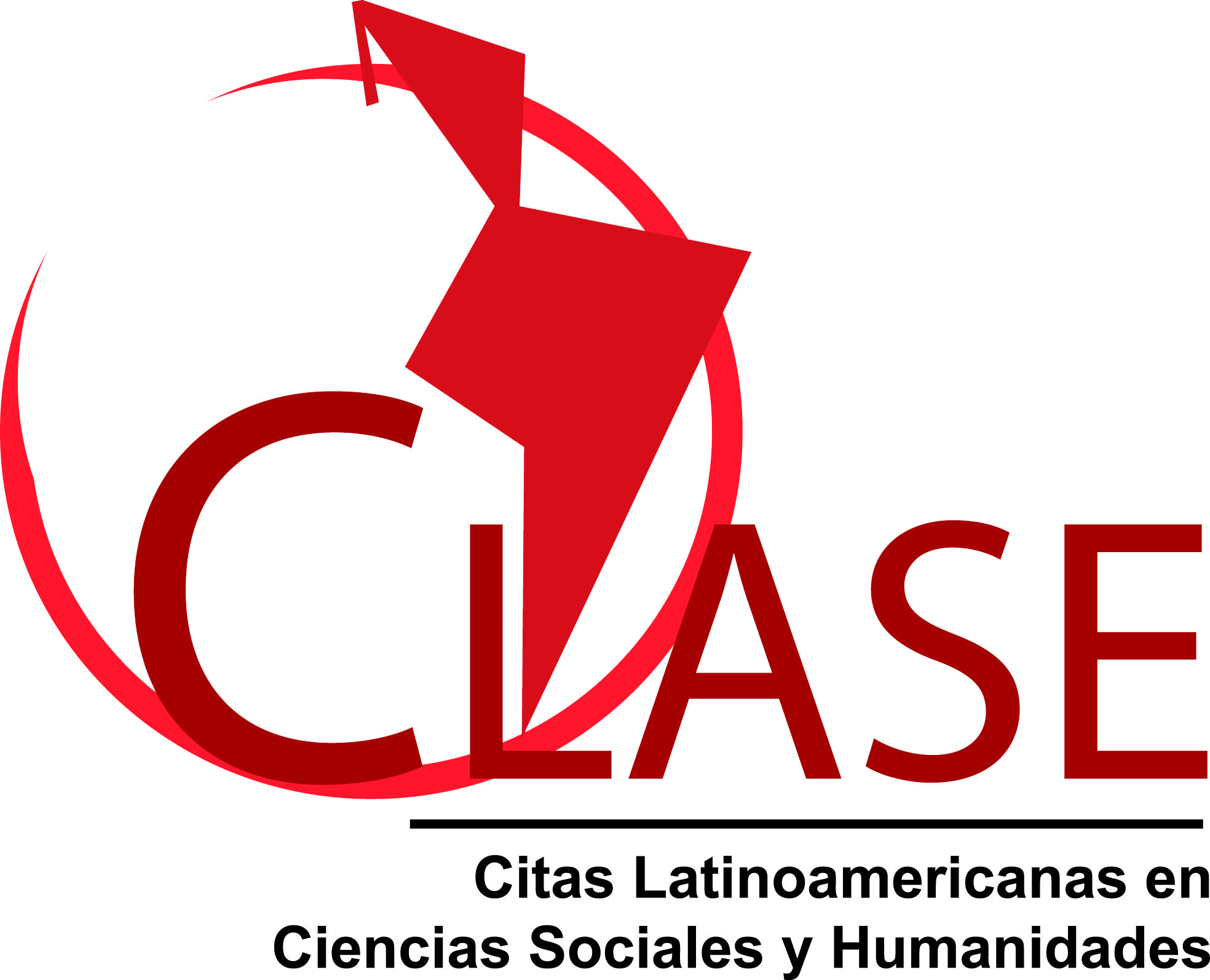Metropolitan convergence clubs in Mexico: an analysis through the satellite nightlight indexnightlight index
Abstract
The objective of this article is to identify the metropolitan areas that economically converge and
diverge in Mexico. The luminic index and the methodology proposed by Phillips and Sul (2007) are
used to estimate the convergence between the metropolitan areas of Mexico. This methodology
allows the formation of subgroups of areas in which there may be convergence or divergence
between the elements of the generated subgroups. There are five convergence clubs among the
various metropolitan areas of Mexico, which shows that the dynamics of economic convergence
are heterogeneous, and it is relevant to study them at the metropolitan area level. Although there
is a division between a convergence club with metropolitan areas predominantly in the north of
the country, we found that this division is far more complex than a simple North-South one.
The article only focuses on metropolitan areas, so not all municipalities in Mexico are included.
Even though the Phillips and Sul (2007) methodology allows us to generate convergence clubs
without the need to make assumptions related to the stationarity properties of variables, this
methodology does not allow us to identify the specific factors that cause these groups to form.
This is the first paper that analyzes economic convergence between metropolitan areas in Mexico.
Copyright (c) 2021 Journal of Economics, Faculty of Economics, Autonomous University of Yucatan

This work is licensed under a Creative Commons Attribution-NonCommercial-ShareAlike 4.0 International License.
D.R. © Revista de Economía
The conditions that are required when granting the attribution license called CC -BY-NC-SA are the following:
1. The Universidad Autónoma de Yucatán must be clearly identified as the owner of the copyright of the original publication.
2. The material may not be used for commercial purposes.
3. Any derivative work must be published and distributed under the same open access license as the original publication.











